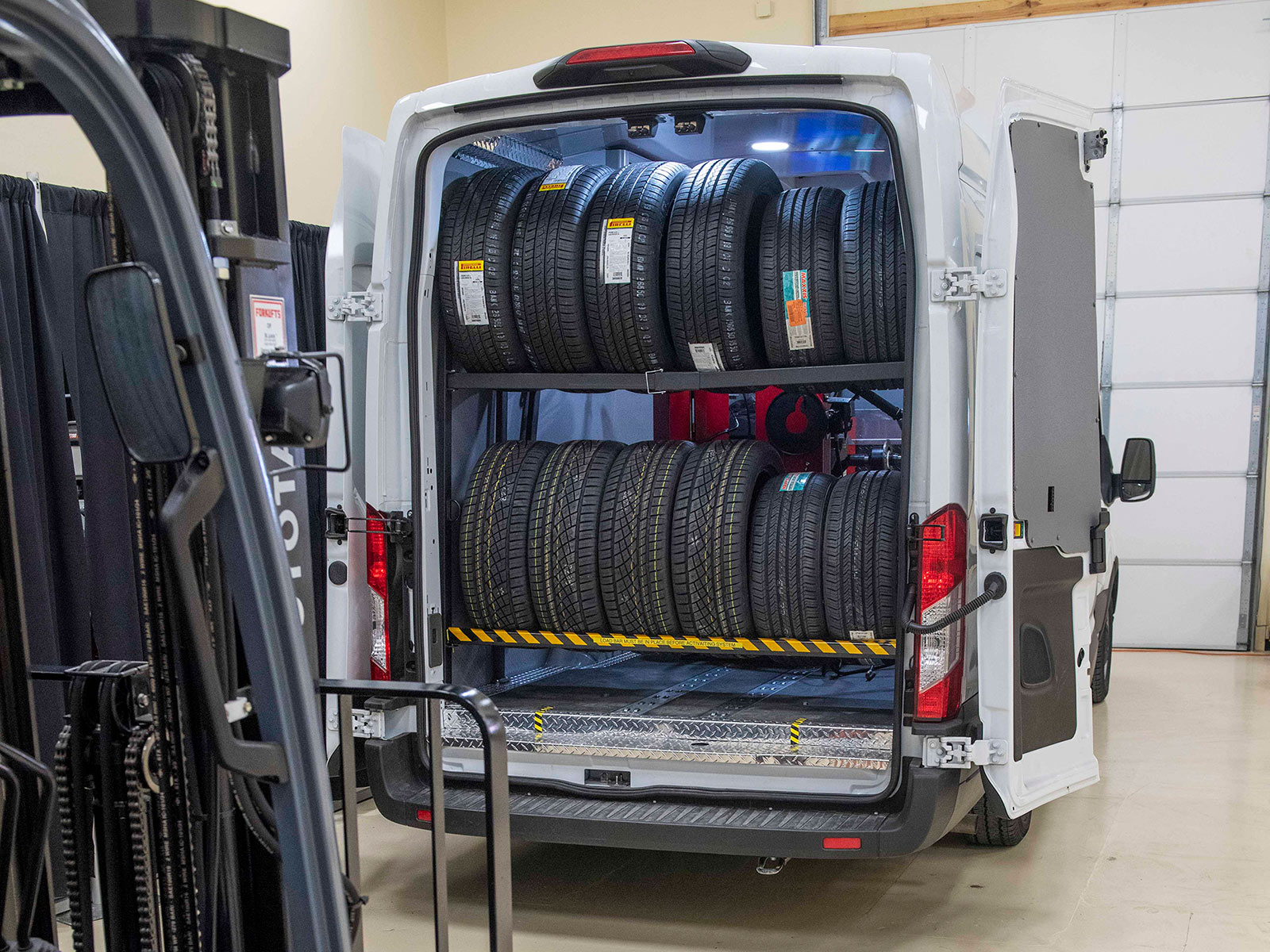Improve Your Drive: Top-Notch GMC Tires Service at Morris Tires
Improve Your Drive: Top-Notch GMC Tires Service at Morris Tires
Blog Article
Tire Solution: The Impact of Climate Condition
When it involves ensuring optimal efficiency and safety when traveling, recognizing the impact of weather problems on tire service is vital. From scorching warm to icy roadways, each climate element can dramatically affect tire capability and total driving experience. By diving into the impacts of differing climate conditions on tires, chauffeurs can acquire valuable insights that may improve their automobile's efficiency and longevity. In this discussion, we will check out the intricate relationship in between weather problems and tire service, clarifying the relevance of weather-specific tire upkeep methods and factors to consider.
Warmth and Tire Performance
When subjected to high temperatures, tires experience modifications in efficiency that can considerably influence lorry safety and security and handling. The warmth generated from long term driving or warm climate problems triggers the tire rubber to soften, leading to minimized walk life and increased wear.

Cold Weather Effects
Cold weather condition problems can have a substantial influence on tire performance and safety. In cool weather, tires may likewise shed air stress more quickly, which can impact managing and gas performance.
To mitigate the effects of cool weather on tires, it is critical to routinely inspect tire pressure and inflate them to the producer's suggested levels. Utilizing winter or all-season tires developed for winter conditions can additionally boost grip and grasp on icy or snowy roadways. Appropriate tire maintenance, including routine assessments for wear and damage, becomes much more critical throughout chillier months to ensure optimal efficiency and safety.
Rainy Conditions Influence
Throughout rainy conditions, tire efficiency and safety can be considerably influenced by the wet roadway surface areas and decreased presence. The step pattern of tires plays an important role in keeping traction on wet roads. Tires with damaged treads are a lot more vulnerable to hydroplaning, where a layer of water develops in between the road and the tire surface area, leading to loss of traction. To fight this, motorists ought to frequently examine their tires for appropriate step deepness and think about purchasing tires specifically developed for damp problems.
Additionally, wet weather can also reduce visibility, making it testing for chauffeurs to see the roadway in advance plainly (GMC Tire Service). In such conditions, it is important to change driving rates appropriately and keep a risk-free adhering to range to enable sudden quits. Correctly filled with air tires can additionally aid in preserving control on damp roadways by providing far better handling and hold
Snow and Tire Safety
Snow-covered roads position one-of-a-kind challenges for chauffeurs, highlighting the importance of appropriate tire choice and upkeep. When driving in snowy problems, having the appropriate tires can make a considerable distinction in security and performance. Winter months tires are created with unique rubber compounds and Look At This walk patterns to provide far better traction on snow and ice compared to all-season tires. The much deeper footsteps and sipes of wintertime tires aid hold the road better, decreasing the danger of moving and sliding.

It is crucial to comply with manufacturer instructions when making use of and setting up tire chains to stop damage to the tires and lorry. By choosing the right tires, keeping appropriate rising cost of living, and thinking about additional traction aids like tire chains, vehicle drivers can enhance their safety and security when browsing snow-covered roadways.
Weather-Related Tire Maintenance
When confronted with numerous weather, appropriate tire upkeep becomes a crucial aspect of car safety and efficiency. Weather-related tire maintenance incorporates a series of practices targeted at ensuring ideal tire feature and durability in various weather situations. One crucial element of weather-related tire upkeep is tire pressure policy. Fluctuating temperature levels can cause tire stress to differ, influencing grip and fuel effectiveness. Read Full Report On a regular basis examining and changing tire stress according to maker referrals is essential for risk-free driving in transforming weather condition problems. Furthermore, tire step deepness plays a substantial role in handling various climate aspects. Tires with appropriate walk deepness give far better grip on wet or icy roadways, decreasing the risk of hydroplaning or skidding. When walk wear gets to a certain depth is essential for maintaining traction and stability in adverse weather, evaluating tire walk regularly and replacing tires. By focusing on weather-related tire upkeep, motorists can enhance security, boost automobile performance, and prolong the lifespan of their tires.
Final Thought
In final thought, weather have a considerable influence on tire efficiency and safety. From warm affecting tire pressure and use to winter reducing grip, it is vital to take into consideration the climate when keeping and using tires. Stormy conditions can reduce hold and bring about hydroplaning, while snow can boost the threat of accidents if tires are not properly geared up. Weather-related tire upkeep is important in ensuring read this article ideal performance and security when driving.
In this discussion, we will discover the intricate connection between weather condition problems and tire service, dropping light on the value of weather-specific tire upkeep methods and factors to consider.

Report this page